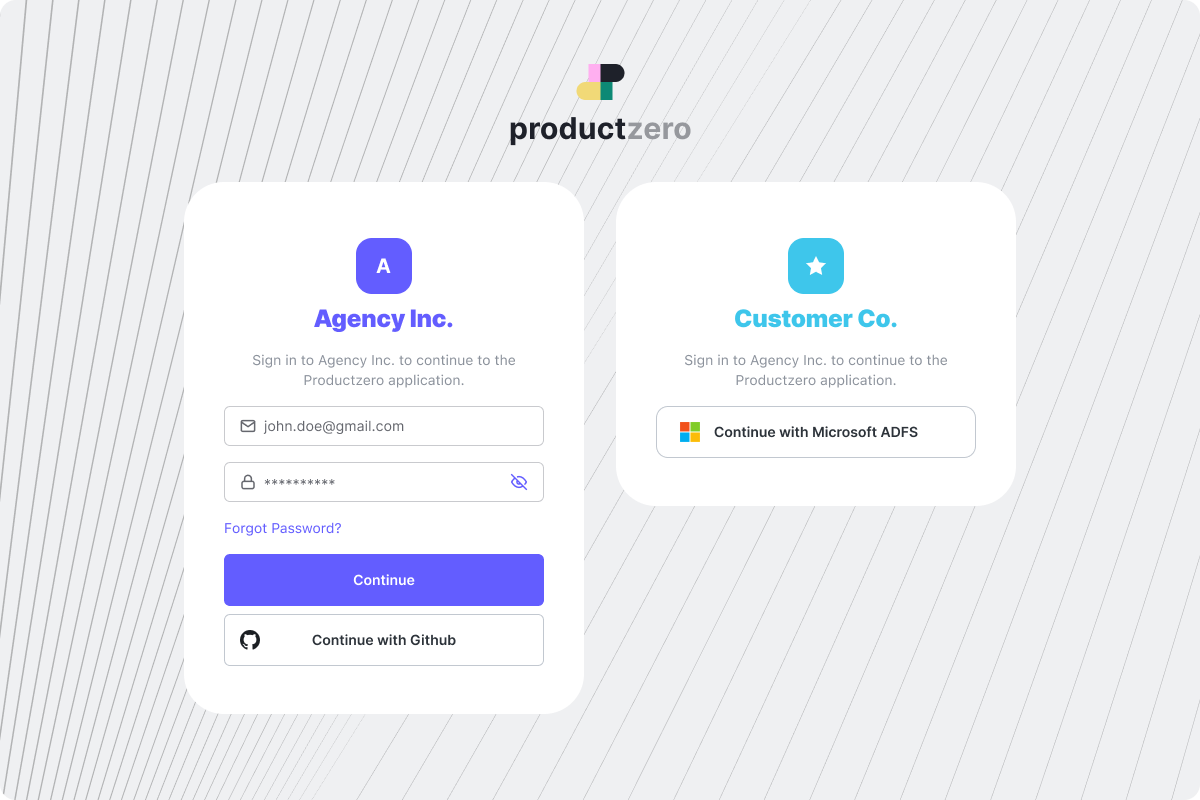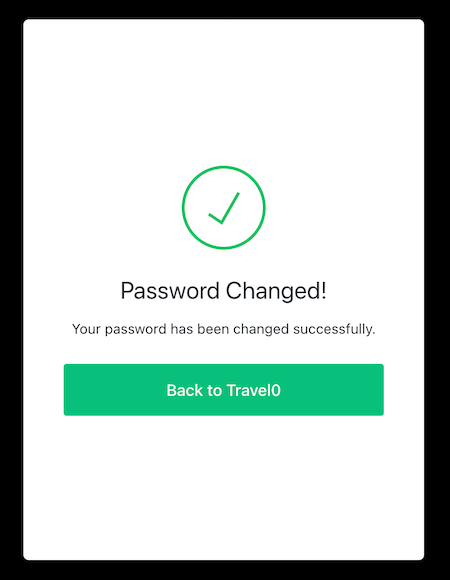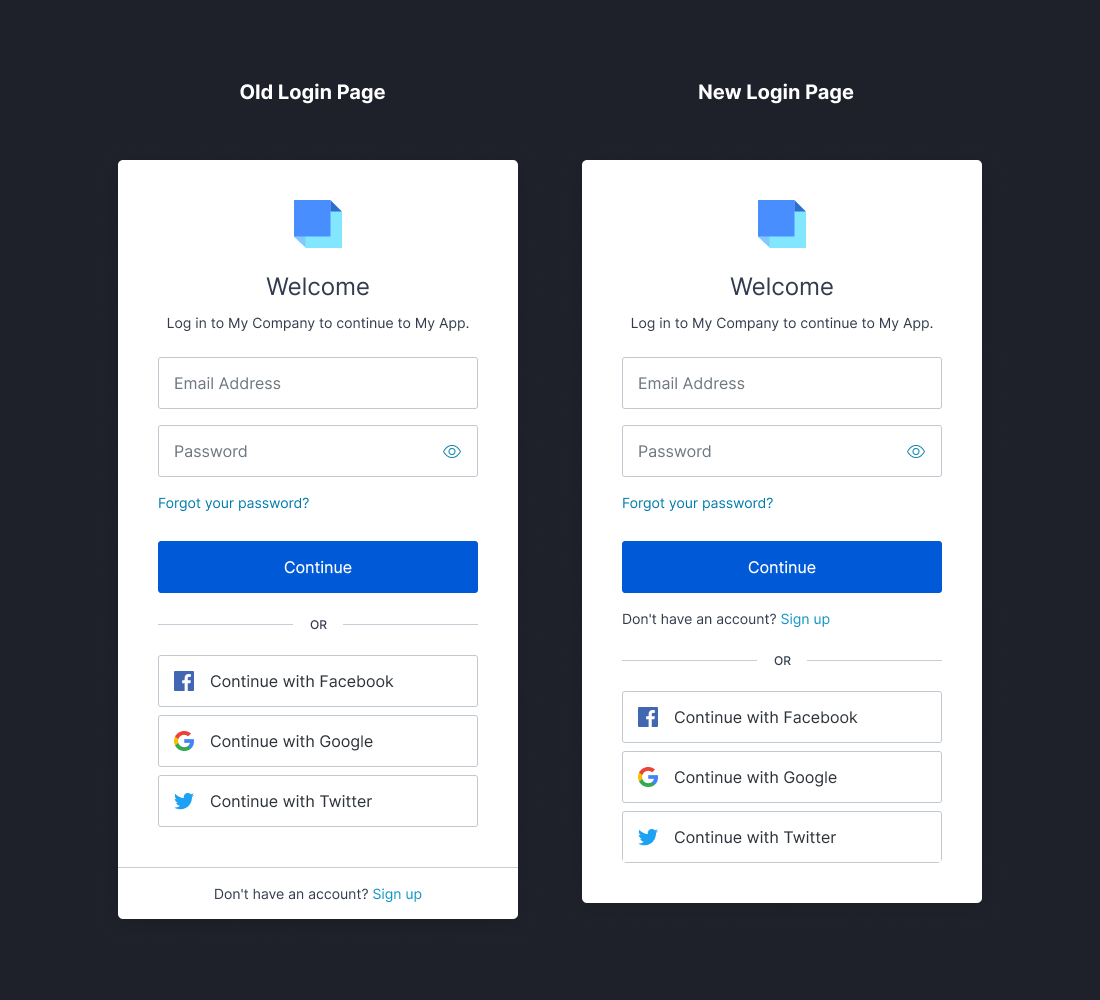added
Auth0 Private Cloud Now Available on Azure 30x & 30x Burst Tiers
We are pleased to announce the expanded availability of Auth0 Private Cloud on Microsoft Azure, now supporting the 30x and 30x Burst performance tiers.
This update enables enterprise organizations to leverage high-scale, dedicated identity infrastructure while maintaining their commitment to the Azure ecosystem.
Performance at Scale
- 30x
- Sustained Capacity: 3,000 RPS
- Peak Burst Capacity: 3,000 RPS
- Best for: Consistent, high-volume baseline traffic
- 30x Burst
- Sustained Capacity: 1,500 RPS
- Peak Burst Capacity: 3,000 RPS
- Best for: Variable traffic with high-intensity spikes
Why This Matters
- Compliance & Residency: Deploy to the Azure region of your choice to satisfy localized data residency and compliance needs at scale.
- Financial Strategy: Burn down your existing Microsoft Azure Consumption Commitments (MACC) by investing in the market-leading identity platform.
- Operational Excellence: Benefit from a fully managed, dedicated instance that provides you infrastructure isolation and flexibility as you grow.
Get Started
These tiers are available immediately for new and existing customers. Please visit Auth0 documentation for more info.


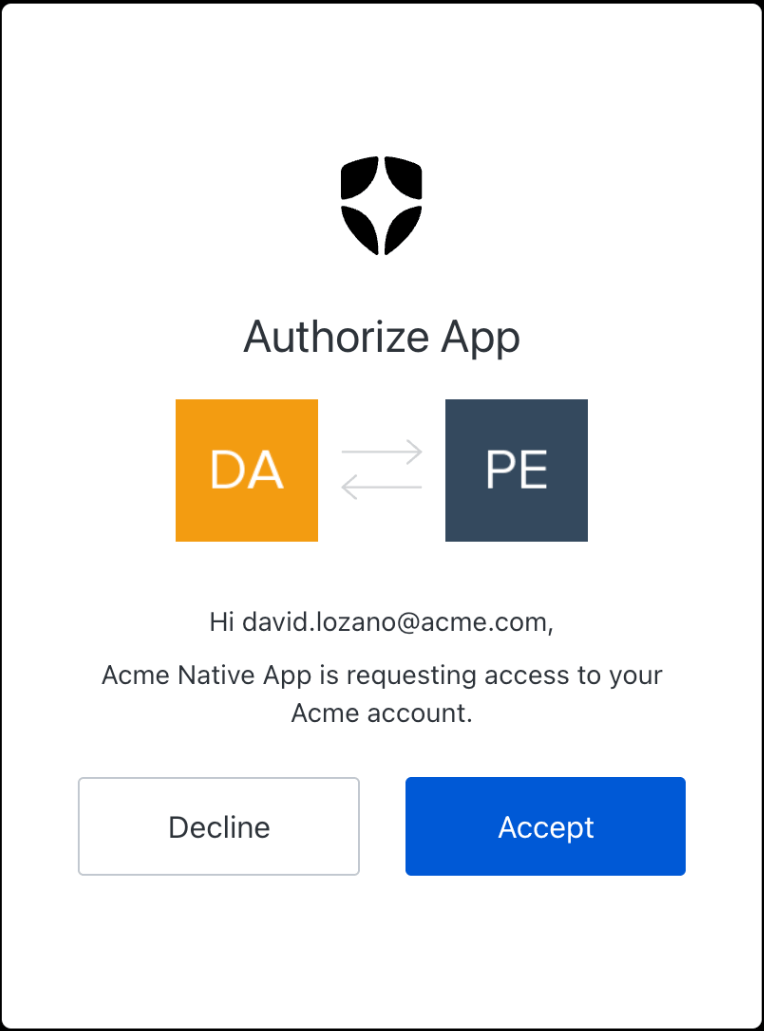











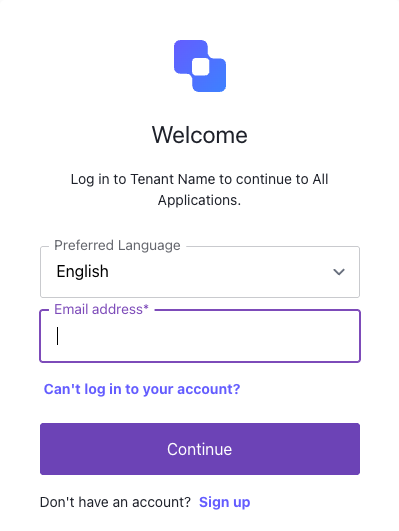















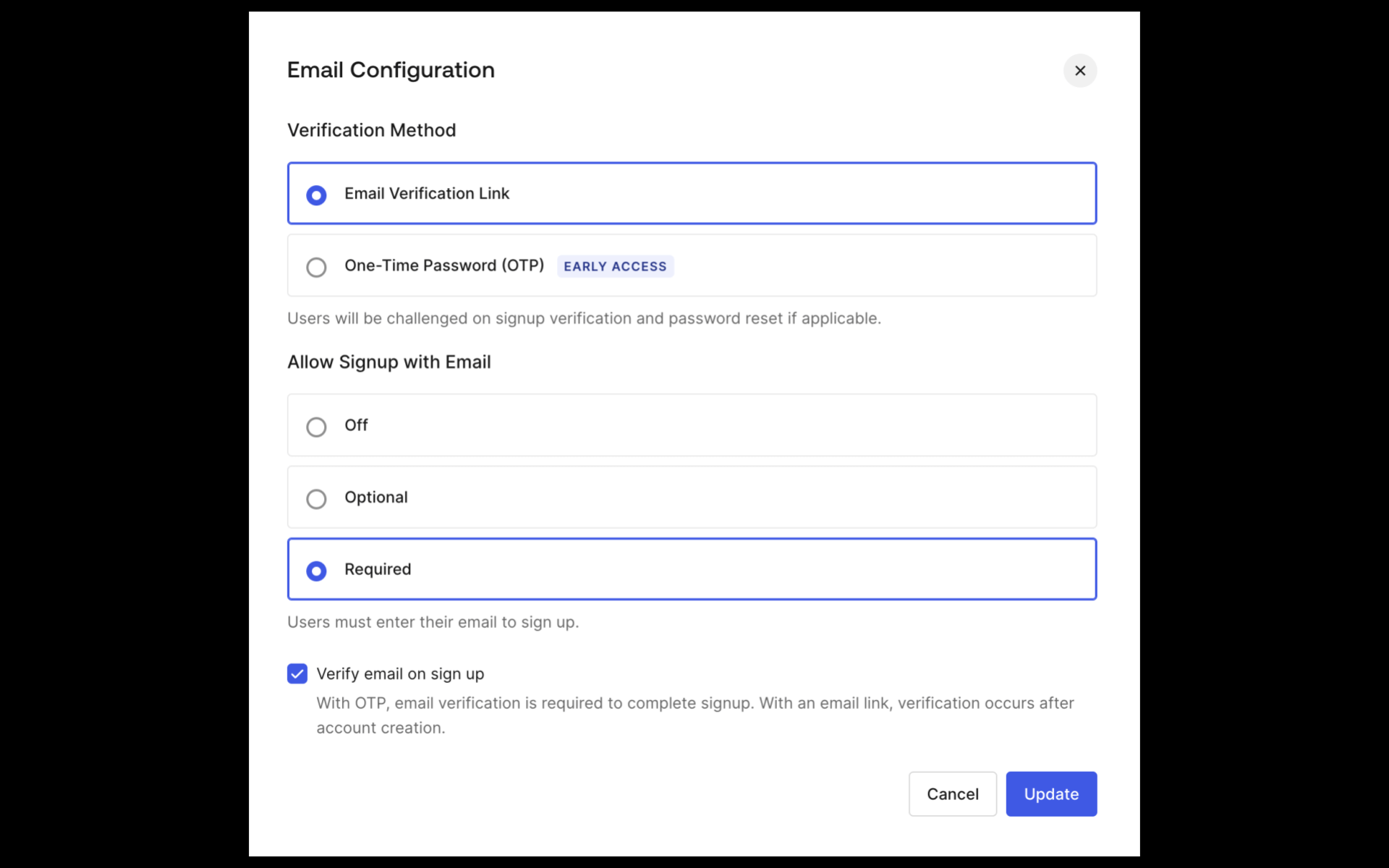


















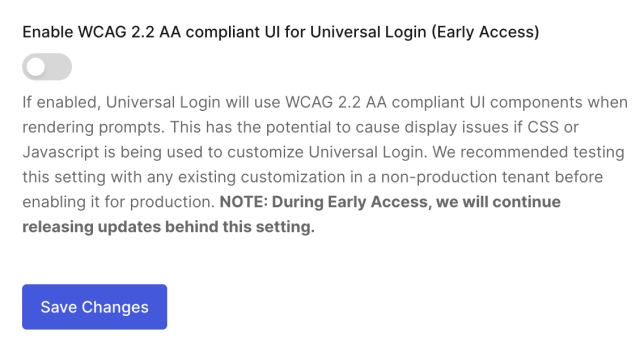







 You can learn more about Templates for Actions from our
You can learn more about Templates for Actions from our 




 Did someone order up one Dark Mode Browser extra Hot! Feel free to dim the lights; Teams Dashboard now supports dark mode.
Did someone order up one Dark Mode Browser extra Hot! Feel free to dim the lights; Teams Dashboard now supports dark mode.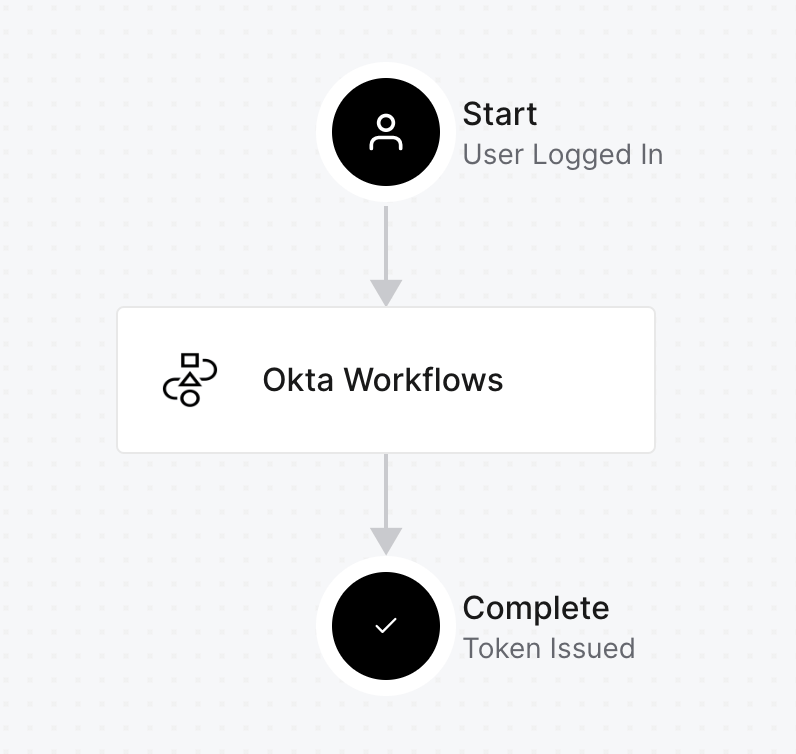













 Once enabled, the custom database action script will be passed an extra parameter,
Once enabled, the custom database action script will be passed an extra parameter, 






